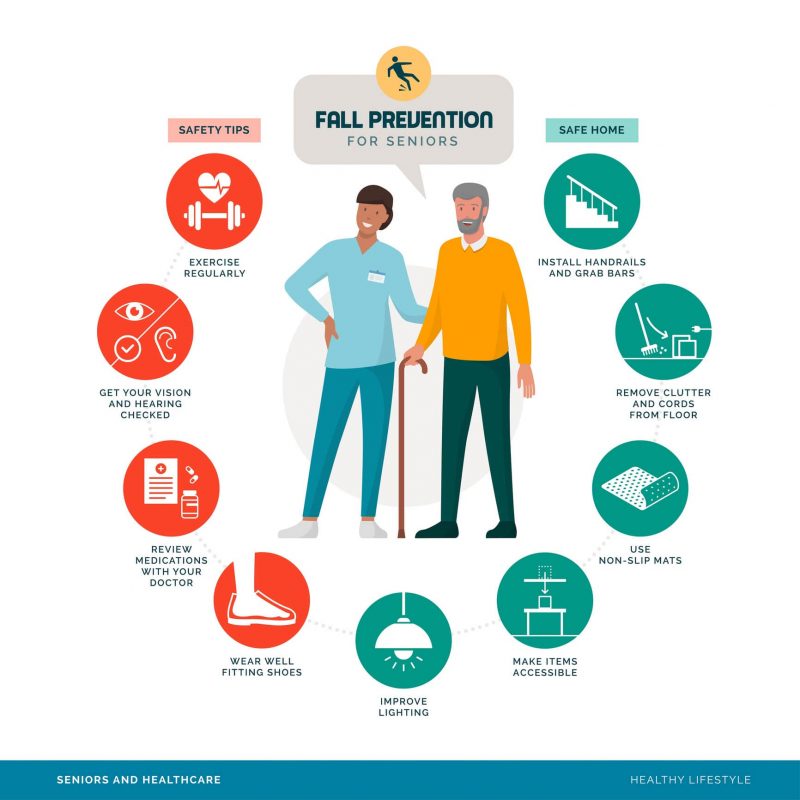
Falls are a major cause of hip fractures and brain injuries in older adults, but many falls are preventable. Here are some practical tips to help you stay steady on your feet:
Some medications can cause dizziness or disorientation, increasing the risk of falls. Talk to your doctor about reducing or switching medications that may affect your balance, especially those for anxiety or depression. A CDC study found over half of older adults use medications linked to falls.
As we age, our eyesight can change, making it harder to navigate. If you need magnifiers, use them only when necessary. Avoid wearing cheap, non-prescription magnifiers around the house, as they can cause you to misjudge distances.
Aging doesn’t automatically mean you’ll fall more. But carrying that fear can lead to increased falls. Stay aware of your surroundings, and don’t carry more than you can handle—like making extra trips for groceries instead of overloading yourself.
If you’re not confident in your balance, consider using a cane or walker. They are simple tools that can significantly reduce your risk of falls and hospital visits.
Make small changes to your home to reduce tripping hazards:
Tape down throw rugs
Coil or tape cords and wires out of the way
Use non-slip mats in the bathroom
Install grab bars in the tub or shower
Secure loose handrails and banisters
Lighting is key too—use bright light bulbs and nightlights to ensure safe paths at night.
Balance exercises can improve stability. Try these simple exercises at home, no equipment needed:
Stand on one foot for 10 seconds (hold a wall or chair if needed)
Walk heel to toe for 20 steps
Walk in a straight line while keeping your balance
Aim to do balance exercises three or more times a week.
The American Heart Association recommends yoga and tai chi for balance and flexibility. These exercises help prevent falls and improve overall mobility. Many free online classes or DVDs can help you get started.
AgeWays offers A Matter of Balance: Managing Concerns About Falls, a 6-week workshop designed to teach fall prevention techniques and help you manage fall-related fears. Stay tuned for in-person classes.